Fall 2020 Courses
100 Level Courses
HI 111P Introduction to Latin American History
Jordana Dym | 4 credits
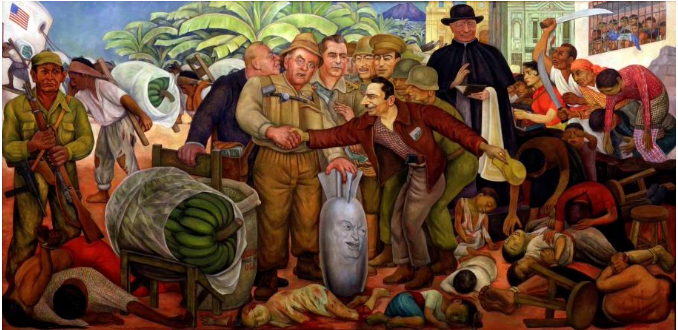
An introduction to the economic, political, social, and intellectual history of Latin America. Students will explore the geography and peoples that forged Latin American society from initial encounters among Europeans, Africans, and Native Americans to contemporary global migrations. We study the political, economic, and social challenges of early nation-state formation in a multicultural context, consider key 20th century themes of industrialization, revolution, U.S.-Lain American relations, and intellectual trends, and conclude by asking how these many pasts affect the present and future.
Note(s): Fulfills the Social Sciences and Cultural Diversity requirements.
HF 100 Latin American Cities
Jordana Dym | 1 credit

Open to students enrolled in HI 111P or by permission of the instructor to students with a background in Latin American Studies. In this course, students of Latin American history will break away from constraints of a traditional chronological approach to history courses by focusing on themes that cut across place and time. In Fall 2020, the topic will be cities and urban life. Students will receive an introduction to methods and approaches in urban studies. They will then select a more focused topic and, in small groups, identify communities and changes in one aspect of city living (such as sports, build environment, capital cities, food supply, or government). By the end of the semester, each group will present its research to students enrolled in the parent class.
HI 126 Revolution to the Civil War
Eric Morser | 3 credits
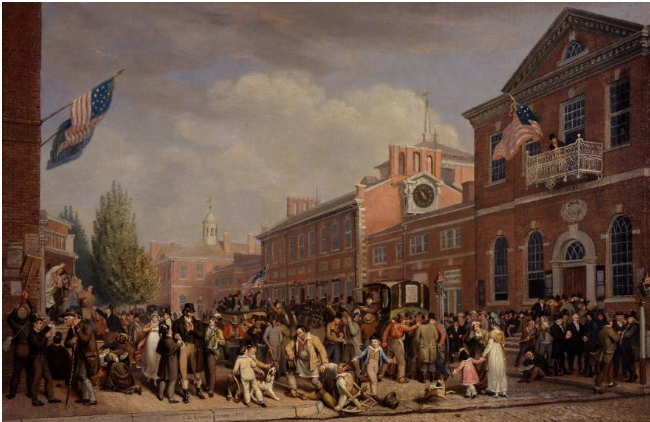
A grand tour of United States history from the American Revolution to the Civil War. Students investigate the challenge of nation building, the contested rise of American democracy, the economic transformation of the United States, battles to control the western frontier, and the growing conflict over slavery that eventually tore the nation apart.
Note(s): Fulfills Social Sciences requirement.
HI 146 Survey of the Middle East, c. 600-1500
Annie Greene | 3 credits
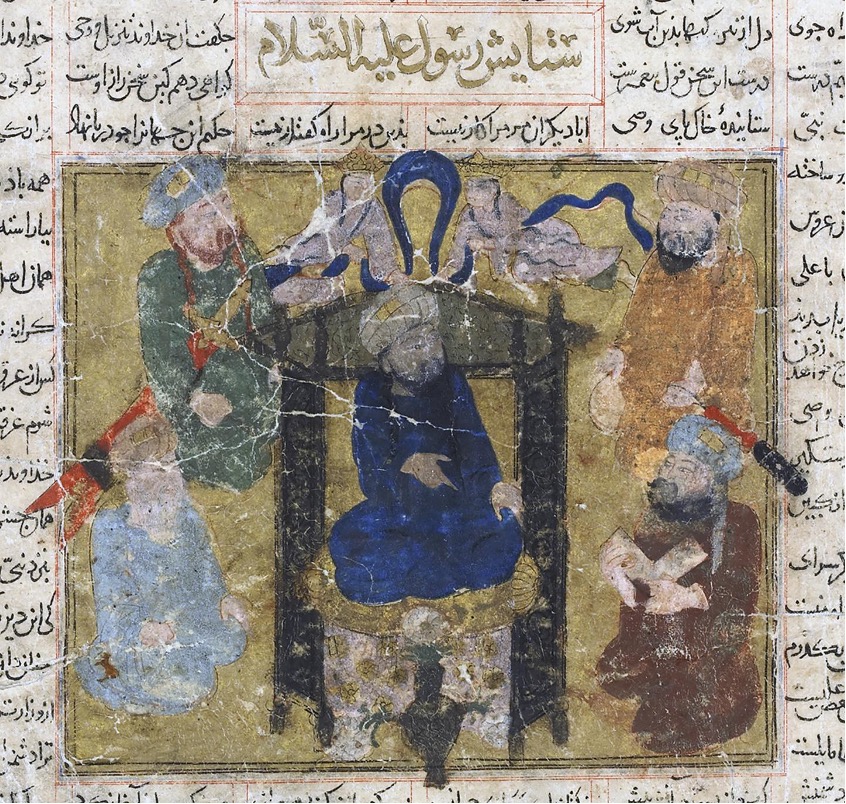
This course is a survey of the history of the Middle East, from late antiquity to the early modern period. It combines a chronological and thematic exploration of social, political, and legal institutions; scientific, philosophical, and scholarly ventures; the impact of invaders; conversion; and, religious, political, and economic interactions. By examining cities such as Aleppo, Baghdad, Cairo, Constantinople, Cordoba, Esfahan, and Shiraz, as well as areas, such as the Mediterranean basin, over the course of a thousand years, the course challenges the notion the there was one physical center to the Middle East. Through a close reading of historiographical debates and primary sources, students will examine the circulation of people, ideas, goods, and practices across space and time.
Note(s): Fulfills the Social Sciences and Non-Western Culture requirements.
HI 151 The Ottoman Empire, 1300-1923
Annie Greene | 3 credits
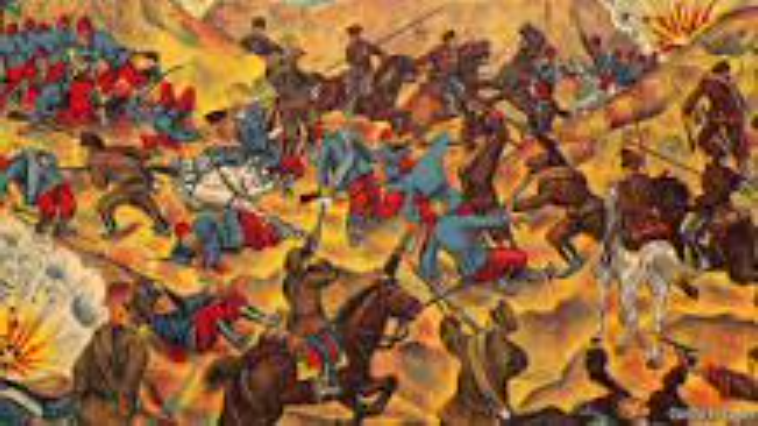
An introduction to the major political, economic, social, and cultural developments of an Islamic empire that spanned the early modern and modern ages, as well as southeasters Europe, north Africa, and the Middle East. Emphasis is on the rise of the imperial dynasty, conquests and expansions, management of diverse populations, urban life, cultural and intellectual production, entanglements within European imperialism, reform and modernization, and demise following WWI.
Note(s): This course, with a different topic, may be repeated for credit. Fulfills the Social Sciences requirement.
200 Level Courses
HI 205 The Rise of Rome
Randall Ford | 3 credits
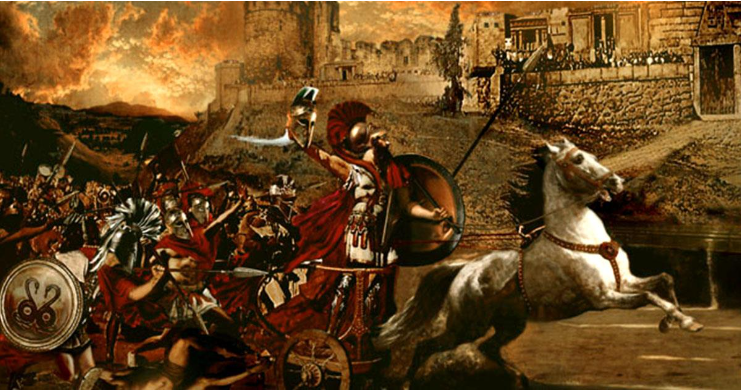
A study of Rome from its foundations by Romulus. to the end of the republic and onset of the Roman Empire. Students examine the Etruscan world, the rise of Rome in Italy, the impact of Hellenism, social and political institutions in the Republic, the evolution of Roman culture and the end of the Senatorial aristocracy. Special emphasis is given to the study of the ancient sources: literary, historiographic, archaeological, and numismatic.
HI 222P Corporate America
Jennifer Delton | 4 credits

An examination of the development of big business in the United States from the Civil War to the present with a special focus on corporations' changing relationship to the government and society. Students will study the role of magnates and entrepreneurs, the rise and fall of different industries (railroads, automobiles, tech, Walmart), management and labor, corporate responsibility, and globalization
Note(s): Fulfills the Social Sciences requirements.
HI 247P History of Modern Japan
Jenny Day | 4 credits
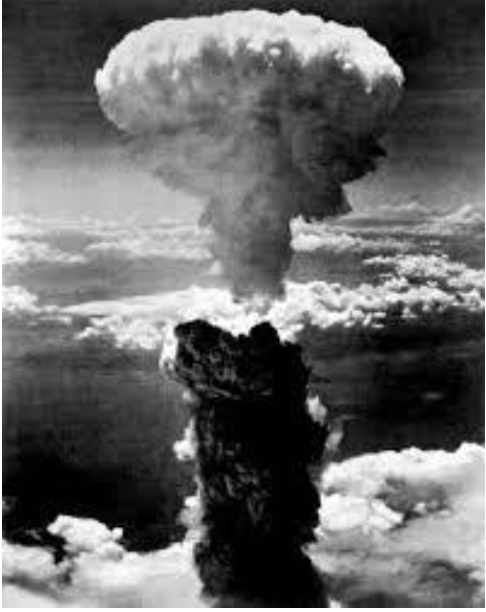
An examination of the historical transformation of the Japanese archipelago from a feudal society to a modern state and imperial power and to a postwar economic giant and a "bubble economy" in the 1990s. Students will explore how Japanese women and men have transformed elements of other cultures to create forms of government, society, and the arts that are uniquely Japanese. Sources include a diary, short stories, legal documents, and films.
Note(s): Fulfills Non-Western Culture and Social Sciences requirements.
HI 251C Media History in the Middle East
Annie Greene | 3 credits
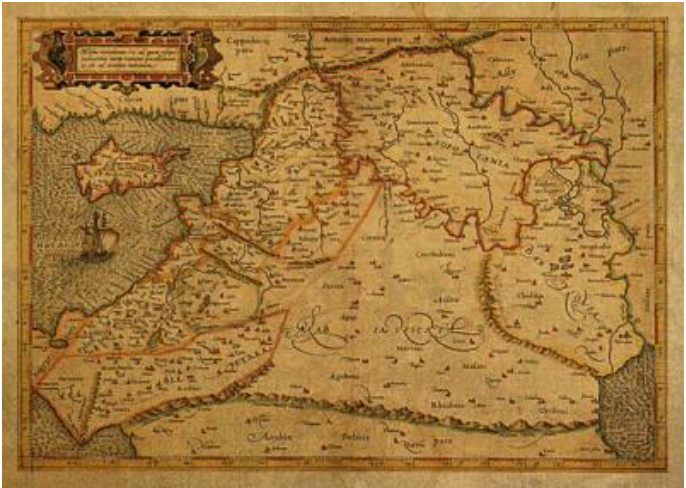
A social and cultural investigation into the production and consumption of media in the Middle East. Accounting for class, gender, literacies, and the public sphere, this course assesses media as an object of study media as an agent of change. Through secondary sources and media primary sources (early printed books, newspapers, radio clips, satirical cartoons, Twitter), this class largely focuses on the men and women in the 19th and 20th century Middle East, the way they communicated with each other, and the ensuing social ramifications.
Note(s): This course, with a different topic, may be repeated for credit. Fulfills the Social Sciences requirement.
HI 251D 001 Introduction to Oral History
Jordana Dym | 4 credits
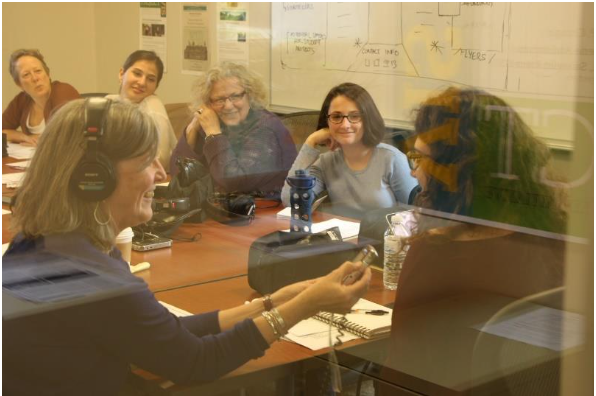
This course provides students with the foundations to understand, design, execute and work with oral history interviews in research projects. This semester begins with conceptualization and conduct and concludes with analysis and dissemination. The course introduces the theory and history of the method through reading, listening and discussion, with emphasis on power dynamics and social justice. Production skills include project design, interviewing, audio recording, transcribing, indexing, and digital archiving. Students will also become familiar with aspects of oral history storytelling (analysis and dissemination of oral histories, including audio editing, online presentation, museum exhibits, podcasts, and other public oral history genres). In the first half of the semester, students will work on one pre-selected oral history project with a class community partner, which will become part of an online, curated collection. In the second half, students working alone or collaboratively will develop and execute an independent oral history project.
HI 251D 002 Plagues and Contagion: A Cultural History
JenniferDelton | 4 credits
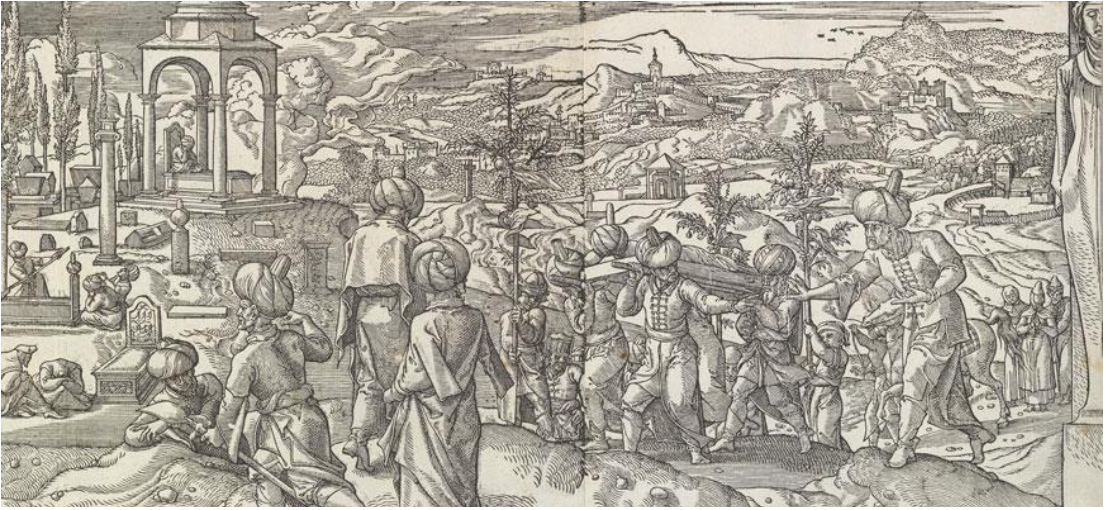
This course examines historical plagues and the language of contagion in the western world. Includes plagues and pandemics from the 17th century through our current era, and their intersection with globalization, politics, and culture.
HI 275 Introduction to the History Major
Jennifer Delton | 1 credit
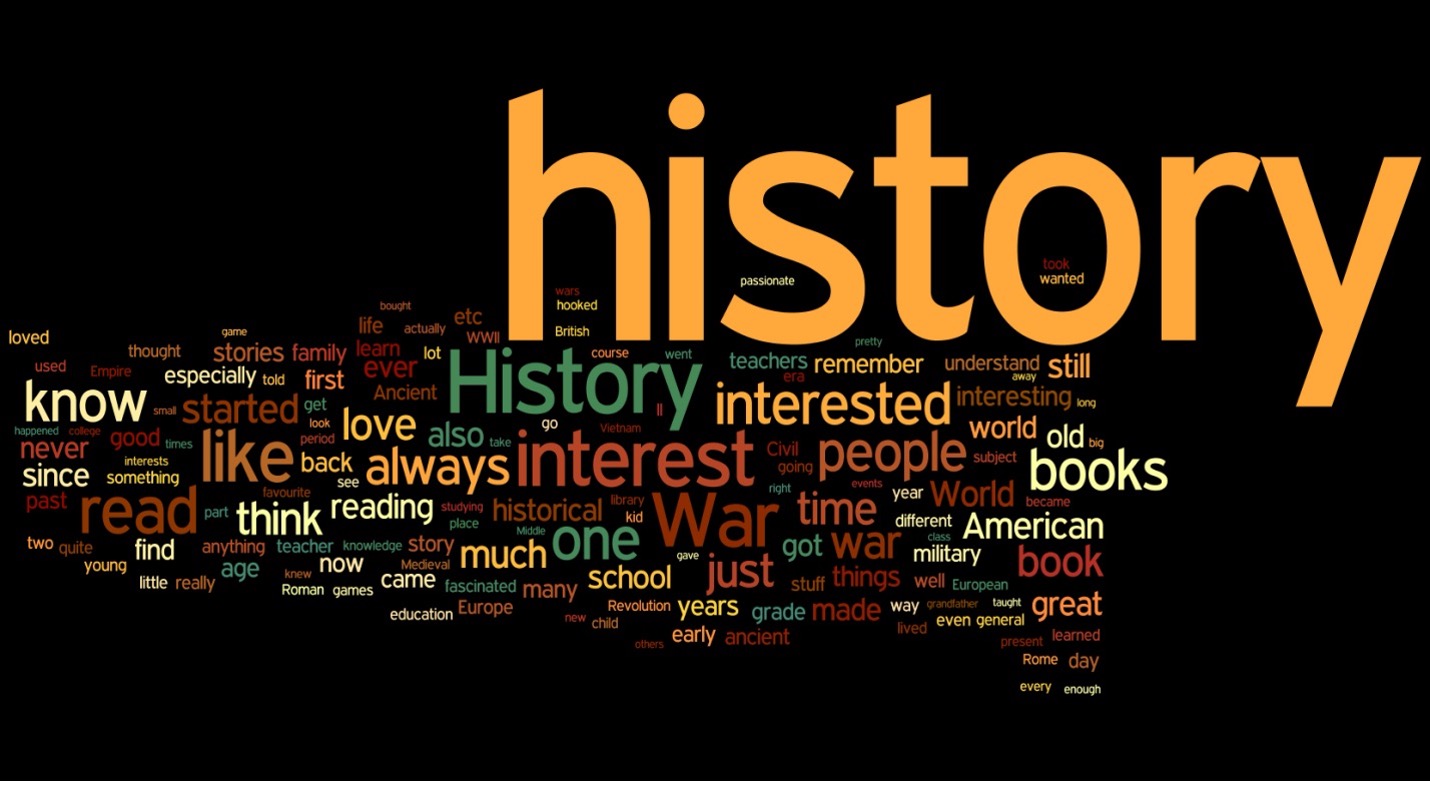
An introduction to the aims of the history major.
Note(s): A prerequisite for the Colloquium. Required for all majors and interdepartmental majors, to be taken in the sophomore or junior years. Open to non-majors with permission of instructor.
300 level courses
HI 3015 Crime and Punishment
Erica Bastress-Dukehart | 3 credits
"In ages overshadowed by catastrophe men look for someone to blame, and anything that deviates from the norm is blameworthy"
-Will-Erich Peuckert
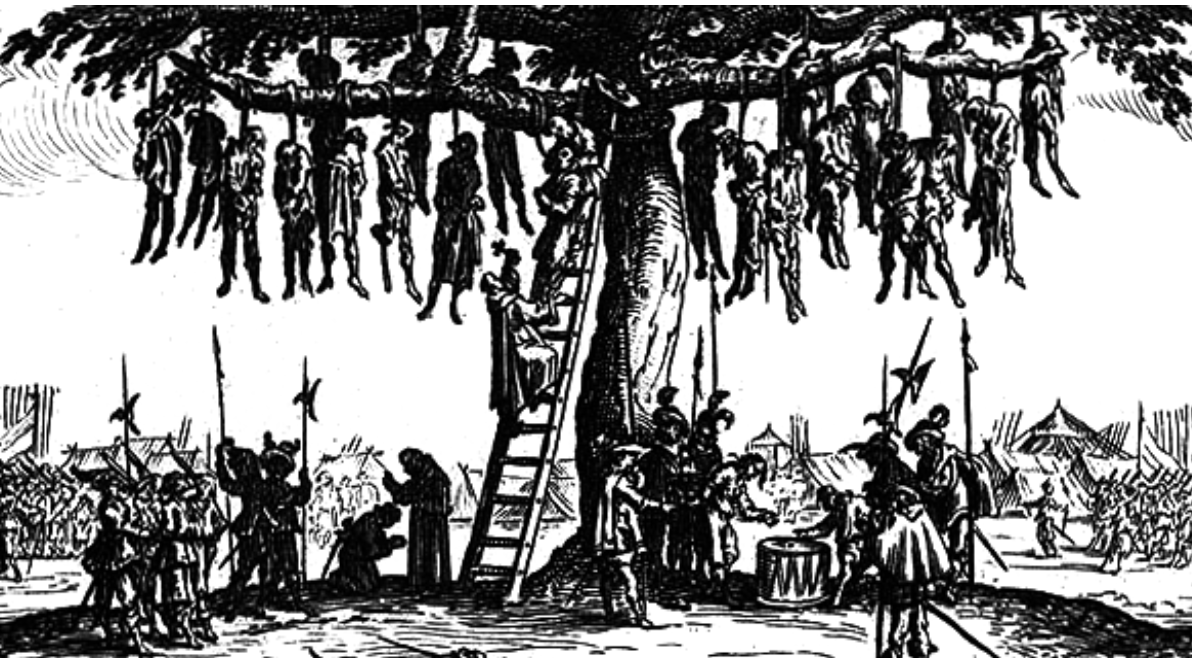
This course is an investivation of the history and theory of crime and punishment in an age when criminal violence and state violence were often undistinguishable and unmediated. Over the course of four hundred years Europe. experienced a transformation from persecuting societies of the Middle Ages, through the terrors of religious wars and the Inquisition, to John Locke's call for civil government and Beccaria's "enlightened" rejection of traditional criminology. Integrated with Michel Foucault's iconic work, Discipline and Punish, the readings for this course address dominant social norms and ever-changing definitions of deviance, crime, and punishment. The course expores the intellectual, social, and political justifications for punishment and the ensuing conflicts between conceptions of authority and individual freedom.
The primary goals of the this course are to immerse you in the leading themes in the field of crime and punishment in early modern Europe and introduce you to the modes of argumentation empoyed by historians. We will also address the different ways historians conceptualize history, that is, how we construct historical analyses and narratives. By the end off the semester you should be able to understand the patterns of early moder crime and punishment, be able to explain and apply certain historical models and analyze historiographical arguments. Throughout the course I expect you to be respectful of your colleagues' ideas as you rigorously defend your own.
PLHI 322R History and Political Thought
Tillman Nechtman and Natalie Taylor | 4 credits
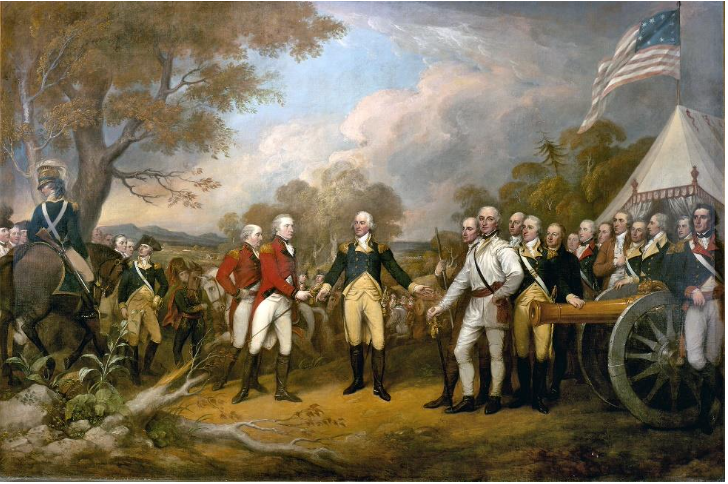
The creation of a new nation: 1763-1789. This course will give special attention to the political ideas that gave direction to the American Revolution and the Constitution.
Note(s): Courses at the 300-level are open to sophomores only with permission of the instructor. Fulfills research requirement for the major.
HI 326R Manhood in America
Eric Morser | 4 credits
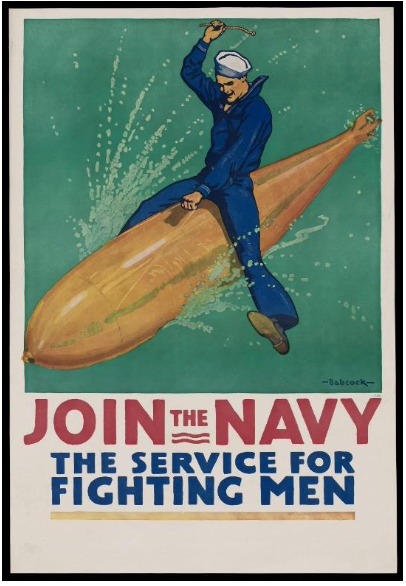
An investigation of manhood and masculinity in American history from the colonial era through modern times. Students will explore a number of topics, including the link between gender and early American religion, the impact of conceptions of manliness on western expansion and foreign affairs, manhood and the sporting life in antebellum cities, the rise of a homosexual subculture in Guilded Age New York City, and shifting definitions of manhood in contemporary America.
Note(s): Fulfills research requirement for the major.
HI 344P China's Last Empire: The Glorious Qing (1644-1911)
Jenny Day | 4 credits
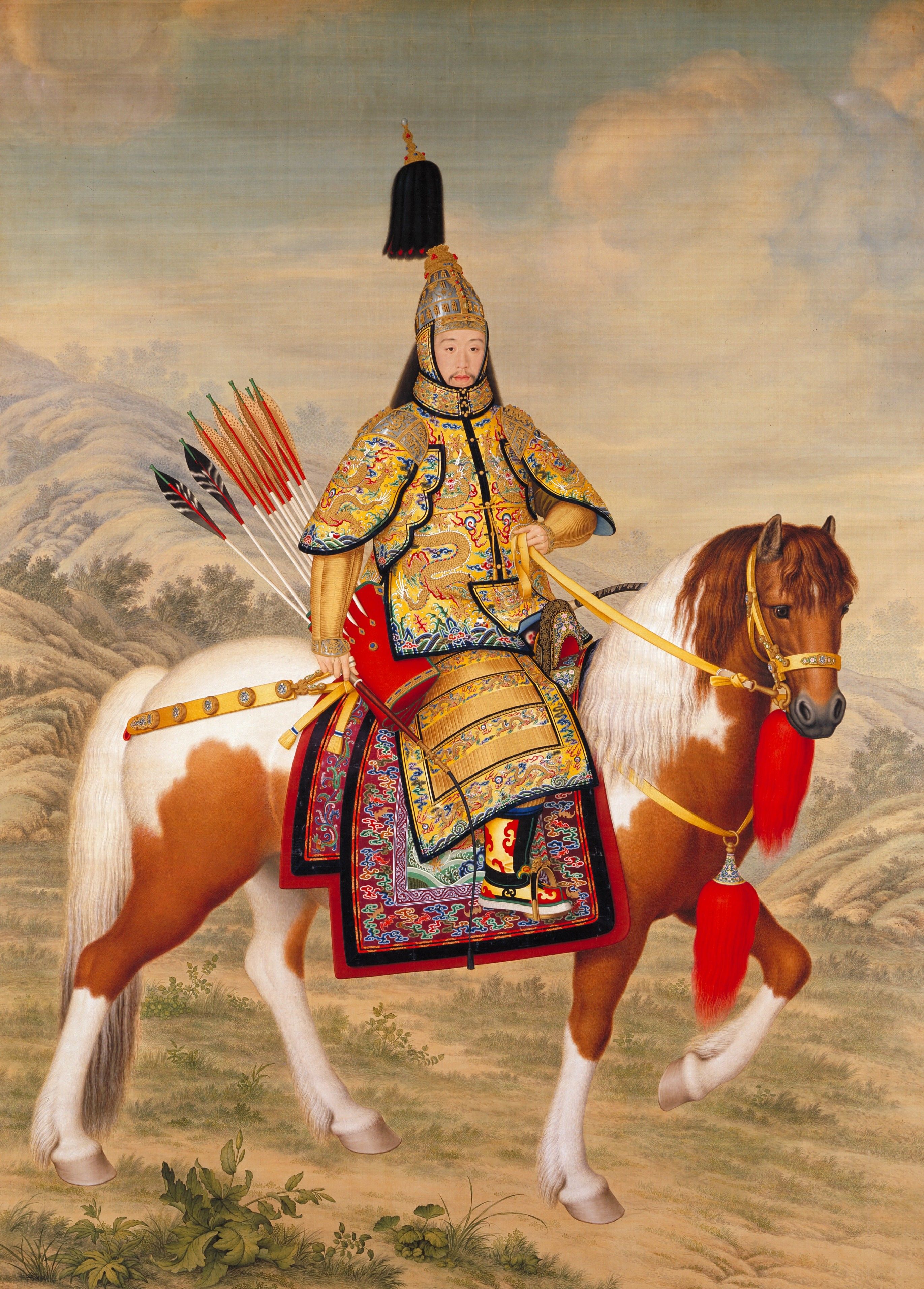
The Qing Empire from 1644 to 1911. A multiethnic empire created by the Manchu confederation from the northeastern borderlands, the Qing expanded into Central Asia, Mongolia, Tibet, and projected a powerful influence in Korea and Souteast Asia. Students will focus on the political, social, cultural, and intellectual aspects of the dynasty and examin the Sino-Western and Sino-Japanese encounters of the 19th and early 20th century, as well as how imperialism and secular crisis led to its decline and demise.
Note(s): Fulfills Non-Western Culture and Social Sciences requirements.
HI 351C The Radial Right
Matthew Hockenos | 4 credits
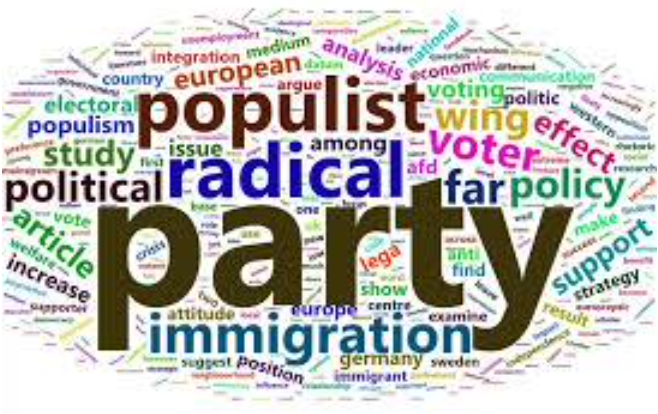
Radical right-wing populism is gaining support across the globe. Shunned after the Second World War because of their association with Fascism, Nazism, and the Holocaust, radical right-wing parties remained on the political margins during the second half of the 20th century. What has led to the resurgence in the present century of an idealogy thst advocates xenophobia and ultra-nationalism? What is the connection between the contemporary radical right and the facist parties of the 1920s, 30s, and 40s? Who are the leaders of the radical right and how do they govern when they come to power? And how are opponents of the radical right fighting to keep them out of government?
Note(s): This course, with a different topic, may be repeated for credit.